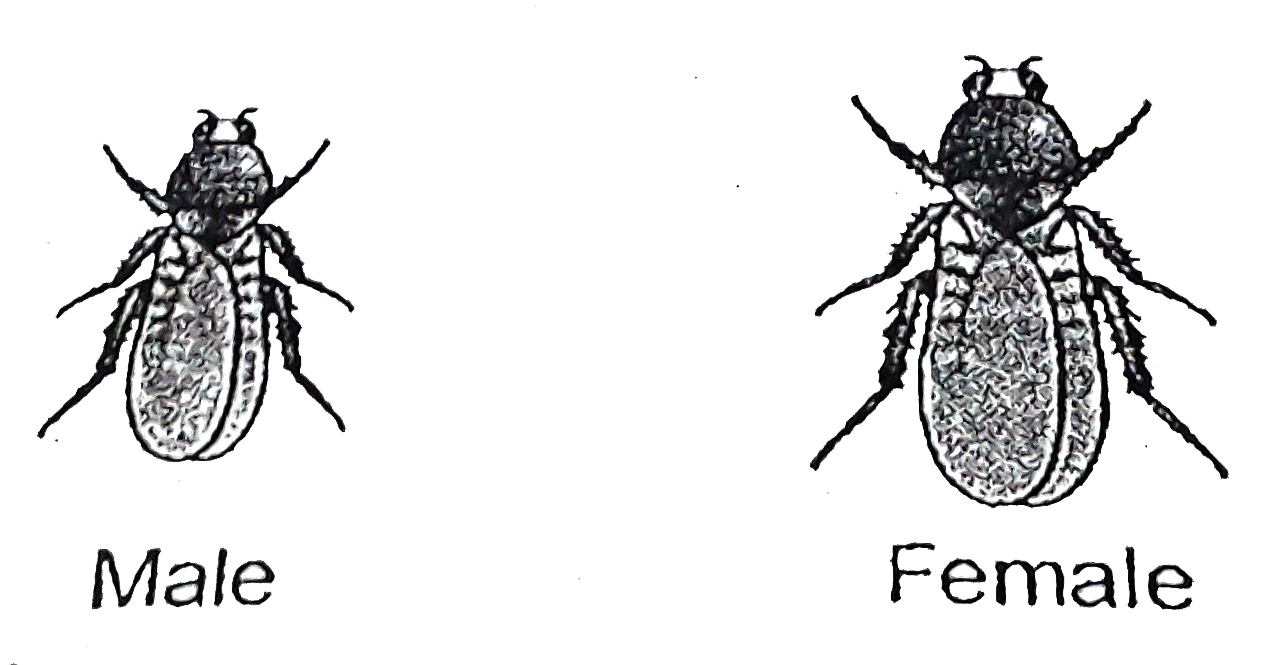[A] : In Selaginella/Pteris reduction division occurs during microspore formation only .
[R] : It was first shown by Zacharis and Strasburger in 1963 .
If both A and R are true and R is the correct explanation of A
If both A and R are true but R is not the correct explanation of A
If A is true and R is false
If both A and R are false
To solve the question, we need to analyze both the assertion and the reason provided.
1. Understanding the Assertion:
- The assertion states: "In Selaginella/Pteris, reduction division occurs during microspore formation only."
- Reduction division refers to meiosis, which is the process that reduces the chromosome number by half, producing haploid cells from diploid cells.
- In the case of Selaginella and Pteris (both are members of the group called Pteridophytes), reduction division occurs not only during microspore formation but also during megaspore formation.
2. Evaluating the Assertion:
- Since reduction division occurs during both microspore and megaspore formation, the assertion is false.
3. Understanding the Reason:
- The reason states: "It was first shown by Zacharis and Strasburger in 1963."
- Zacharis and Strasburger are known for their contributions to plant biology, but the specific claim that they first showed reduction division occurring only during microspore formation is not accurate.
4. Evaluating the Reason:
- Since the reason does not accurately reflect the findings related to reduction division in Selaginella/Pteris, the reason is also false.
5. Conclusion:
- Both the assertion and the reason are false. Therefore, the correct answer is option four: "If both assertion and reason are false."
Final Answer:
Both assertion and reason are false.
---
- The assertion states: "In Selaginella/Pteris, reduction division occurs during microspore formation only."
- Reduction division refers to meiosis, which is the process that reduces the chromosome number by half, producing haploid cells from diploid cells.
- In the case of Selaginella and Pteris (both are members of the group called Pteridophytes), reduction division occurs not only during microspore formation but also during megaspore formation.
- Since reduction division occurs during both microspore and megaspore formation, the assertion is false.
- The reason states: "It was first shown by Zacharis and Strasburger in 1963."
- Zacharis and Strasburger are known for their contributions to plant biology, but the specific claim that they first showed reduction division occurring only during microspore formation is not accurate.
- Since the reason does not accurately reflect the findings related to reduction division in Selaginella/Pteris, the reason is also false.
- Both the assertion and the reason are false. Therefore, the correct answer is option four: "If both assertion and reason are false."
Both assertion and reason are false.
Topper's Solved these Questions
Similar Questions
Knowledge Check
In spermatogenesis, reduction division of chromosome occurs during conversion of
Aspermatogonia to primary spermatocytesBprimary spermatocytes to secondary spermatocytesCsecondary spermatocytes to spermatidsDspermatids to sperms.In animals meiotic division occurs during gamete formation. This gametic meiosis results in
Ahaplontic life cycleBdiplontic life cycleCdiplohaplontic life cycleDnone of these
Type of divisions that occurs during formation of megaspore is
View Solution[A]: Exchange of genetic material occurs during meiosis.
[R]: There is chiasma formation in meiosis.
View Solution[A] : The first meiotic division is known as reduction division .
[R] : The first division in meiosis results in reduced number (half) of chromosomes .
View SolutionWhich statement is incorrect ?
(a) Reduction division occurs inside fruiting bodies leading to formation of spores
(b) Conidia are produced endogenously
(c) Formation of ascospores occurs inside ascus
(d) Rust diseases in wheat caused by Puccinia
View SolutionChoose correct option w.r.t division during gamete formation and division in zygote for organisms having haplontic life cycle respectively
View SolutionState True or False (w.r.t. following diagrams)

(i) During gamete formation, only 50 % of the sperm bear X-chromosome.
(ii) Both male and female individuals have same type of sex chromosomes.
View Solution
